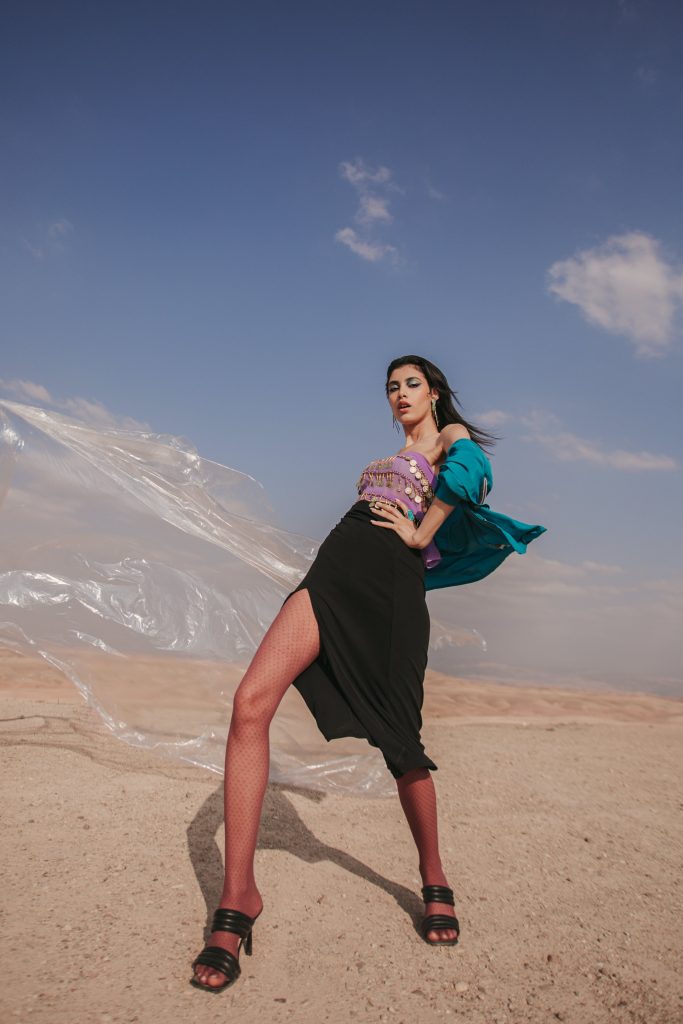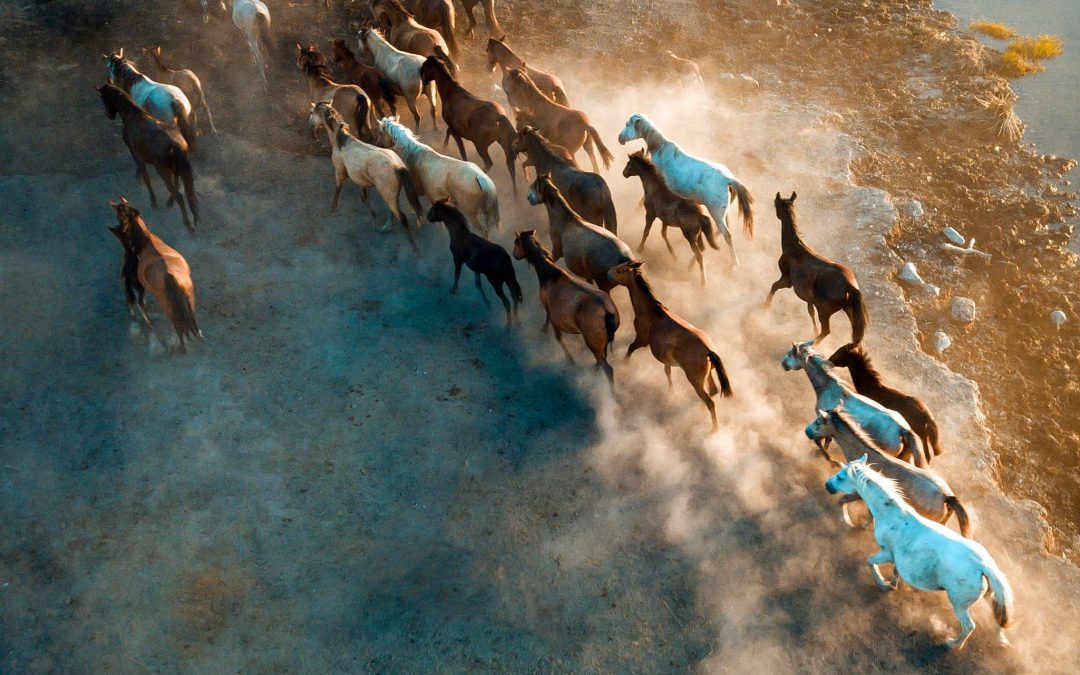If you’ve recently taken an interest in photography or are looking to start a career in the field, you’ve come to the right place. In this article, you’ll find essential advice curated specifically for beginner photographers. Whether it’s tips to improve your photos or guidance on getting started in the photography business, we’ve got you covered. So grab your camera, buckle up, and get ready to embark on a journey filled with creativity, learning, and stunning captures. Let’s dive right in!
Camera Equipment

Choosing the Right Camera
When starting your journey in photography, choosing the right camera is crucial. Consider factors such as the type of photography you want to pursue, your budget, and your level of expertise. If you’re just getting started, a good entry-level DSLR or mirrorless camera will provide you with the necessary features and flexibility to explore different genres. Research different camera models, read reviews, and compare specifications to find the one that suits your needs best.
Understanding Different Lenses
Lenses play a significant role in capturing stunning photographs. Wide-angle lenses are ideal for landscapes and architectural shots, while telephoto lenses are perfect for wildlife and sports photography. Prime lenses have a fixed focal length, offering sharpness and low-light capabilities, while zoom lenses provide versatility. It’s important to invest in quality lenses that match both your camera and the type of photography you want to pursue.
Investing in Tripods and Stabilizers
To ensure your photos are sharp and blur-free, it’s essential to invest in tripods and stabilizers. Tripods provide stability and enable you to capture long-exposure shots or achieve precise composition. Look for sturdy tripods made from lightweight materials for portability. Additionally, consider investing in stabilizers such as monopods or gimbals which help in capturing stable videos and smooth tracking shots.
Learning about Camera Settings
Understanding your camera settings is crucial for capturing great photos. Familiarize yourself with the basics such as ISO, aperture, and shutter speed. ISO settings control the camera’s sensitivity to light and can be adjusted depending on the lighting conditions. Aperture affects the depth of field, allowing you to control how much of your image is in focus. Shutter speed determines the duration of exposure and affects motion blur. Take the time to experiment with these settings to gain a deeper understanding of their impact on your photographs.
Composition Techniques
Rule of Thirds
The rule of thirds is a fundamental composition technique in photography. Imagine dividing your image into nine equal parts using two horizontal and two vertical lines. Place key elements of your photo along these gridlines or at their intersections to create a visually appealing composition. Using this technique adds balance and interest to your images and helps guide the viewer’s eye.
Leading Lines
Leading lines enhance composition by drawing the viewer’s eye into the image. These lines can be roads, paths, or even natural elements such as rivers or fences. By incorporating leading lines, you can create a sense of depth and guide the viewer’s gaze towards the main subject of the photograph. Experiment with different angles and perspectives to make the leading lines more impactful.
Symmetry and Patterns
Symmetry and patterns add a sense of order and visual harmony to your images. Look for symmetrical elements in your surroundings, such as architectural structures or natural landscapes, and use them as the focal point of your composition. Likewise, capturing repetitive patterns can create a visually striking image. Whether it’s a row of trees or a group of objects, utilizing symmetry and patterns can give your photos a unique and captivating aesthetic.
Frame within a Frame
Creating a frame within a frame is a creative technique that adds depth and visual interest to your photographs. Look for objects or elements in your environment that form a natural frame, such as archways, doorways, or tree branches. By framing your subject within these elements, you can draw attention to the main focal point and add a storytelling element to your composition.
Lighting Tips
Utilizing Natural Light
Understanding how to utilize natural light is essential for achieving stunning photographs. Take note of the direction, intensity, and quality of the light in your environment. Early morning and late afternoon, known as the golden hour, provide soft and warm light that enhances colors and adds depth to your images. Experiment with backlit subjects and sidelighting to create dramatic and captivating effects.
Using Artificial Light Sources
While natural light is beautiful, there are situations where using artificial light sources can improve your photography. Investing in external flash or continuous lighting options can help you control the light and eliminate harsh shadows. Diffusers and reflectors can also be used to soften and redirect the light, giving you more control over the lighting conditions and overall mood of your photos.
Understanding Exposure
Exposure is crucial in photography as it determines the brightness or darkness of your image. Understanding exposure involves finding the right balance between the shutter speed, aperture, and ISO settings. Proper exposure ensures that your subject is well-lit and the details are well-preserved. Practice adjusting these settings in different lighting conditions to achieve the desired exposure for your photographs.
Mastering the Golden Hour
The golden hour refers to the period shortly after sunrise or before sunset when the light is warm and diffused. It is a magical time for photography, creating soft, golden tones and long, dramatic shadows. To make the most of the golden hour, plan your photo shoots accordingly and be ready to capture the enchanting light. Experiment with different compositions and subjects to harness the beauty of this fleeting and captivating time of day.
Understanding Exposure
ISO Settings
ISO measures the sensitivity of your camera’s image sensor to light. A low ISO value (e.g., 100) is suitable for well-lit conditions, while a high ISO value (e.g., 1600) is ideal in low-light situations. However, using a high ISO setting can introduce noise or graininess to your photos. Strike a balance between capturing enough light and maintaining image quality by adjusting the ISO accordingly.
Aperture
Aperture refers to the size of the lens opening and determines the depth of field in your photographs. A wide aperture (small f-number) such as f/1.8 creates a shallow depth of field, blurring the background and drawing attention to the subject. On the other hand, a narrow aperture (large f-number) such as f/16 produces a larger depth of field, ensuring more elements in the scene are in focus. Experiment with different aperture settings to achieve the desired effect.
Shutter Speed
Shutter speed controls the duration of exposure and influences how motion is captured in your photographs. A fast shutter speed (e.g., 1/1000) freezes action, allowing you to capture crisp images of moving subjects. On the other hand, a slow shutter speed (e.g., 1/30) can create motion blur, ideal for conveying a sense of movement or capturing light trails. Adjusting the shutter speed allows you to control the visual narrative of your photos.
Exposure Compensation
Exposure compensation allows you to manually adjust the exposure set by the camera’s light meter. It is particularly useful in challenging lighting situations where the camera may overexpose or underexpose the image. Use the exposure compensation dial or settings in your camera to increase or decrease the exposure as needed. This feature gives you greater control over the overall brightness and tonal range of your photographs.
Mastering Depth of Field

Achieving Shallow Depth of Field
To achieve a shallow depth of field and create that pleasing background blur (bokeh), use a wide aperture (low f-number). This technique is particularly effective for portraits, where the main subject is in sharp focus while the background is blurred. Ensure that your subject is positioned at a suitable distance from the background to maximize the effect and create a visually stunning image.
Creating Maximum Depth of Field
Maximum depth of field is desirable in landscape photography, where you want everything in the frame to be sharp and in focus. To achieve this, use a narrow aperture (high f-number) such as f/16 or higher. Additionally, focus on a point one-third into the scene, known as the hyperfocal distance. This technique allows you to capture intricate details from the foreground to the background, resulting in a breathtaking and immersive landscape photograph.
Controlling Depth of Field with Aperture
Aperture plays a significant role in controlling the depth of field. By adjusting the aperture settings, you can determine which parts of your image are in focus and which parts are blurred. Experiment with different aperture values to achieve the desired effect for your composition. Keep in mind that using a wider aperture (lower f-number) allows for a shallower depth of field, while a narrower aperture (higher f-number) expands the depth of field.
Using Manual Focus
While autofocus is convenient in many situations, learning to use manual focus can add another level of control to your photography. This technique is especially helpful when shooting subjects that are difficult for autofocus systems to accurately detect, such as low-contrast scenes or subjects behind obstacles. Practice using manual focus by adjusting the focus ring on your lens, and pay close attention to areas of critical sharpness in your composition.
Composition vs. Subject
Balancing Composition and Subject
The balance between composition and subject is essential to create visually appealing photographs. While a strong composition helps guide the viewer’s eye, the subject is the primary focus of the image. Ensure that your composition enhances and complements the subject rather than overpowering it. Throughout the framing process, seek opportunities to enhance the story or beauty of the subject by considering the positioning and angle.
How to Emphasize the Subject
To emphasize the subject, incorporate techniques such as isolation, leading lines, or negative space. Isolation involves keeping the subject distinct from the background or surrounding elements, drawing attention to it. Leading lines can guide the viewer’s eye towards the subject, making it stand out. Alternatively, utilizing negative space by leaving empty areas around the subject can create a sense of minimalism and put the subject in focus.
Creating a Focal Point
A focal point is a specific area of your photograph that grabs the viewer’s attention. It is typically the main subject or the point of interest. When composing your image, consider ways to make the focal point stand out. Utilize techniques such as depth of field, leading lines, or color contrast to draw attention to the focal point and create a compelling image that captures the viewer’s gaze.
Experimenting with Backgrounds
The background of your photograph can significantly impact the overall composition and mood of the image. Experiment with different backgrounds to find the one that complements your subject the best. Look for contrasting colors or textures that make the subject pop, or choose a neutral background that allows your subject to take center stage. Don’t be afraid to experiment and try unconventional backgrounds to create unique and visually stunning photographs.
Post-Processing Techniques

Choosing the Right Editing Software
When it comes to post-processing, choosing the right editing software is crucial. There are numerous options available, ranging from beginner-friendly to professional-grade software. Adobe Lightroom and Photoshop are popular choices among photographers for their robust features and user-friendly interfaces. Consider your editing needs, budget, and level of expertise when selecting the software that suits you best.
Adjusting Exposure and Contrast
One of the primary tasks in post-processing is adjusting the exposure and contrast of your photographs. This step involves fine-tuning the brightness, shadows, highlights, and overall tonal range of the image to achieve a balanced and eye-catching result. Use editing software’s exposure and contrast adjustment tools to enhance the dynamic range and make your image visually appealing.
Cropping and Resizing
Cropping and resizing allow you to refine the composition and aspect ratio of your photographs. Crop out any distracting elements or unnecessary parts of the image to create a stronger composition. Resizing is crucial when preparing your photos for different platforms or prints to ensure they are displayed at the optimal size without sacrificing image quality.
Enhancing Colors and Saturation
Colors are a powerful aspect of photography and can greatly impact the mood and visual impact of an image. Post-processing allows you to enhance colors and saturation to make your photographs more vibrant and captivating. Use selective color adjustments to emphasize specific hues or experiment with color grading techniques to create a unique and cohesive style in your images.
Building a Portfolio
Selecting and Organizing Your Best Photos
Building a portfolio is an important step for showcasing your work and attracting potential clients or opportunities. Take the time to review your collection of photographs and select the best ones that demonstrate both your technical skills and artistic vision. Organize them in a cohesive manner, keeping in mind the flow and narrative you want your portfolio to convey.
Showcasing Your Style and Vision
Your portfolio is a reflection of your unique style and vision as a photographer. Consider including a variety of images that showcase your versatility and expertise. Clients and viewers want to see your individuality and what sets you apart from others. Highlight your strengths and present a consistent visual style that defines your personal brand.
Creating an Online Portfolio
In today’s digital age, having an online portfolio is essential. Utilize online platforms or create your own website to showcase your work. Ensure that your website is visually appealing, user-friendly, and provides an easy way for viewers to navigate through your portfolio. Include important details such as contact information, a brief bio, and links to your social media profiles to connect with potential clients or collaborators.
Promoting Your Work
Promoting your work is crucial for gaining exposure and attracting clients. Utilize social media platforms such as Instagram, Facebook, or Twitter to share your photographs and engage with your audience. Participate in photography contests, submit your work to publications, or collaborate with local businesses to increase the visibility of your photography. Building a strong network and actively promoting your work will help you gain recognition and open doors to new opportunities.
Learning from Others
Joining Photography Groups and Forums
Joining photography groups and forums is a great way to connect with fellow photographers, exchange ideas, and learn from each other’s experiences. Online communities provide a platform for discussions, critiques, and sharing valuable resources. Engaging in these groups allows you to expand your knowledge, gain insights from experienced photographers, and find inspiration for your own work.
Attending Workshops and Seminars
Attending workshops and seminars is an excellent opportunity to further develop your skills and learn from industry professionals. These events often include hands-on shooting sessions, lectures, and demonstrations tailored to specific areas of photography. By immersing yourself in a learning environment, you can deepen your understanding of various techniques, receive expert guidance, and network with like-minded individuals.
Engaging in Peer Critiques
Critiques are an invaluable part of the learning process in photography. Engaging in peer critiques allows you to receive constructive feedback on your work and gain a fresh perspective. Join critique groups, participate in online critique forums, or seek feedback from mentors or fellow photographers. Embrace critiques as an opportunity for growth and improvement, and use the feedback to refine your skills and develop your style.
Studying the Work of Established Photographers
Studying the work of established photographers can provide valuable inspiration and insights into different genres and styles of photography. Analyze their compositions, lighting techniques, and storytelling approaches. Explore photography books, exhibitions, and online galleries to immerse yourself in the works of renowned photographers. Absorb their creative vision and incorporate elements that resonate with your own style, while still maintaining your uniqueness as a photographer.
Developing Your Style
Experimenting with Different Genres
Experimenting with different genres of photography allows you to explore your interests and discover your true passion. Try various genres such as landscapes, portraits, street photography, or macro photography. By stepping out of your comfort zone, you may uncover hidden talents or preferences that will help shape your style and define your photographic journey.
Discovering Your Unique Perspective
Every photographer has a unique perspective and way of seeing the world. Spend time observing your surroundings and looking for moments or scenes that capture your attention. Develop a personal vision by honing in on subjects or themes that resonate with you on an emotional level. Embrace your individuality and use it as a driving force to create compelling and original images.
Defining Your Visual Identity
Defining your visual identity involves establishing a consistent and recognizable style in your photographs. This can be achieved through consistent editing techniques, color palettes, or storytelling strategies. Strive to create a cohesive body of work that reflects your personality and artistic vision. Developing a distinct visual identity will set you apart and attract viewers who resonate with your unique style.
Continuously Evolving as a Photographer
Photography is an ever-evolving art form that requires constant exploration and growth. As you gain experience and develop your skills, continue to challenge yourself and seek new learning opportunities. Embrace failure as a stepping stone to improvement and never stop experimenting with new techniques, equipment, or concepts. The journey as a photographer is a lifelong process, and each step you take will contribute to your evolution and success.
In conclusion, photography is a multifaceted craft that involves not just skill and technical knowledge, but also creativity and personal expression. By choosing the right camera equipment, mastering composition techniques, understanding exposure, and continuously developing your skills and style, you can capture stunning photographs that tell compelling stories and leave a lasting impact. Remember to always have fun, embrace new challenges, and never stop exploring the beautiful world of photography.
